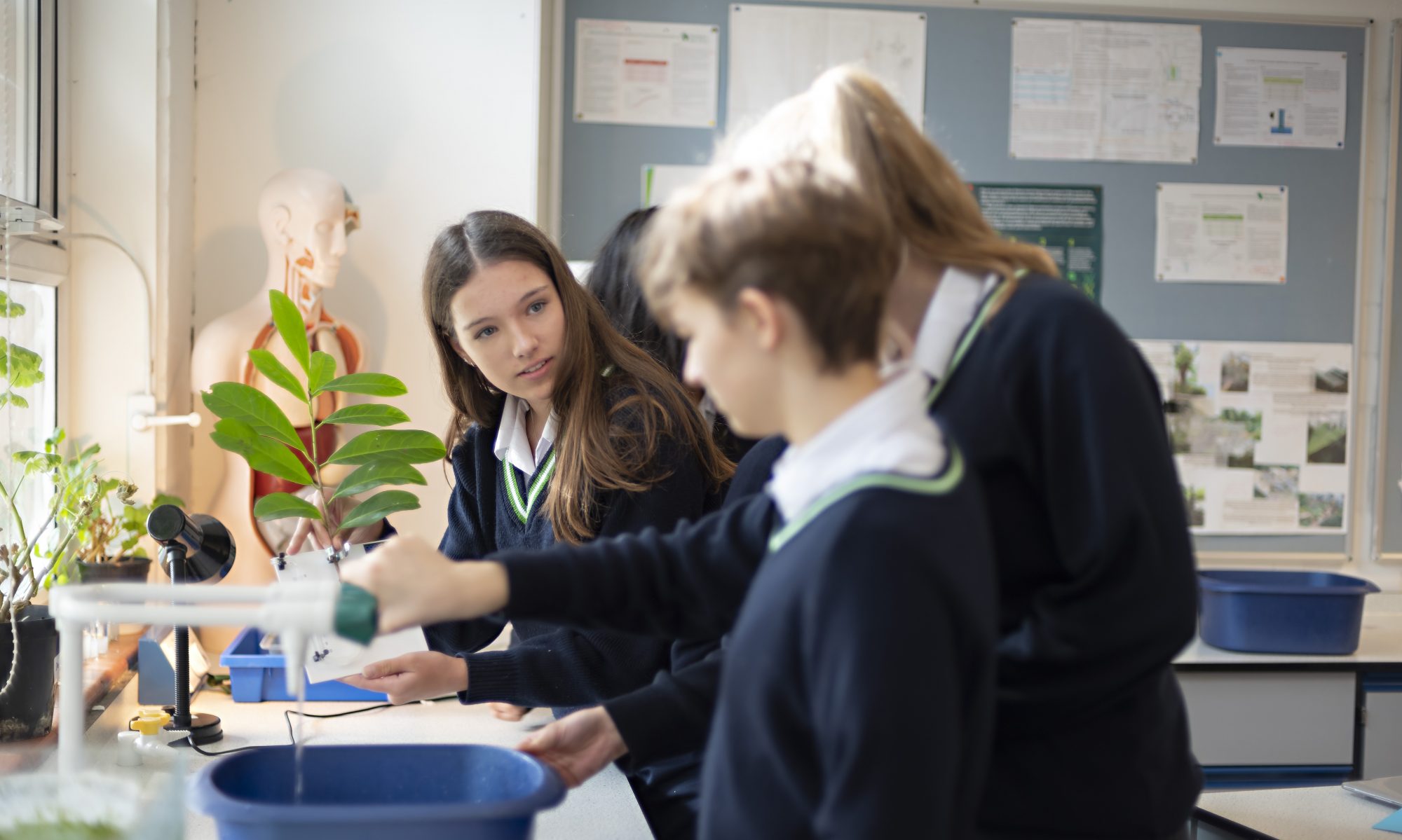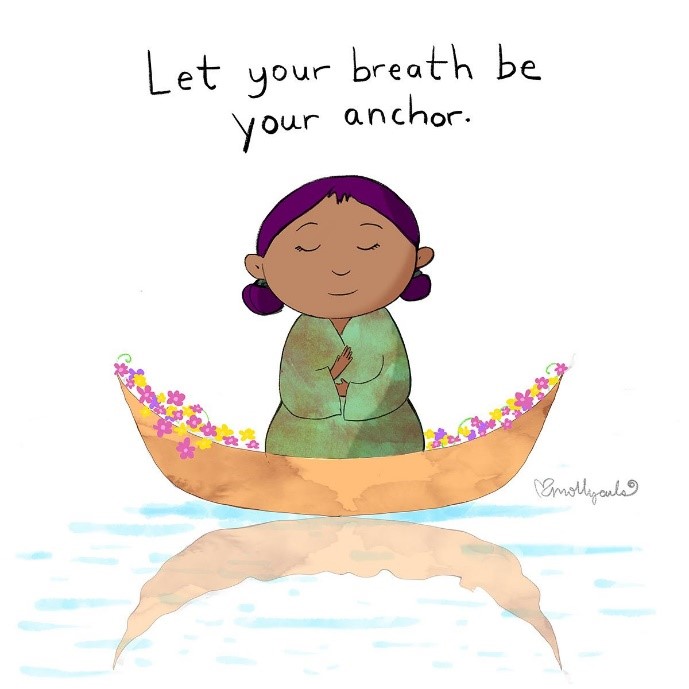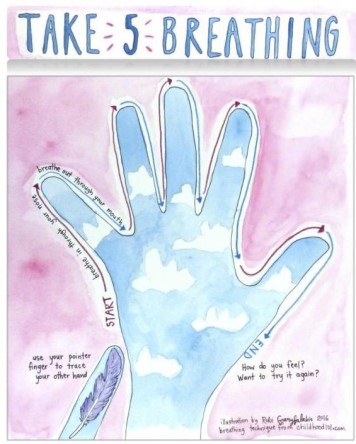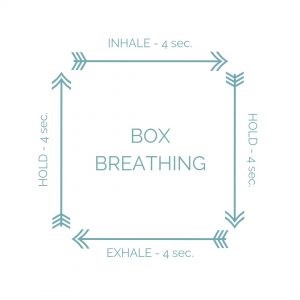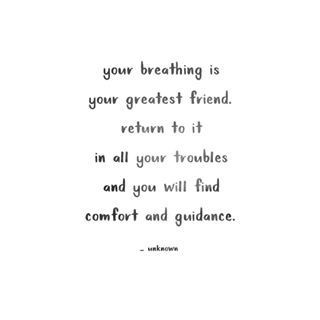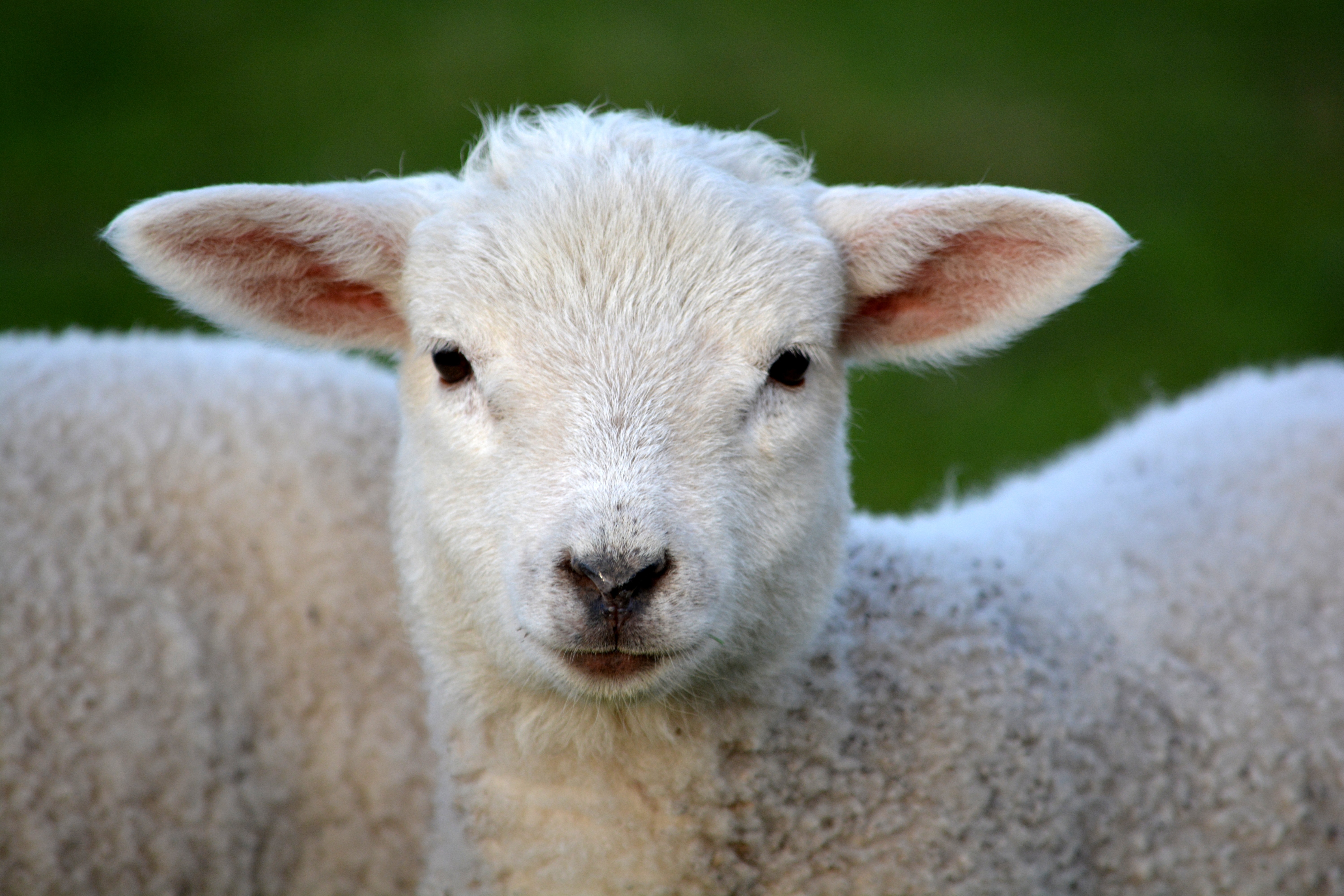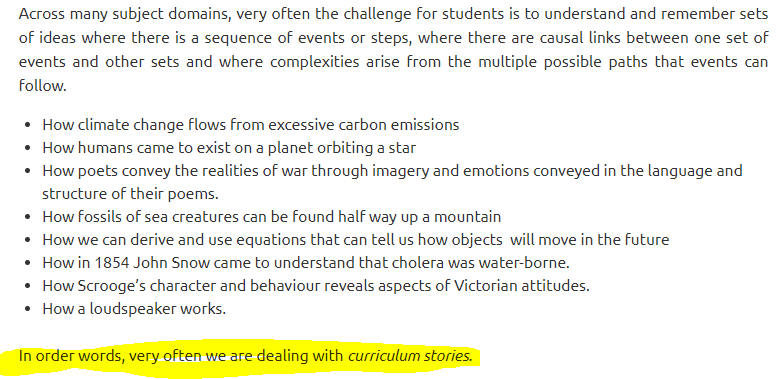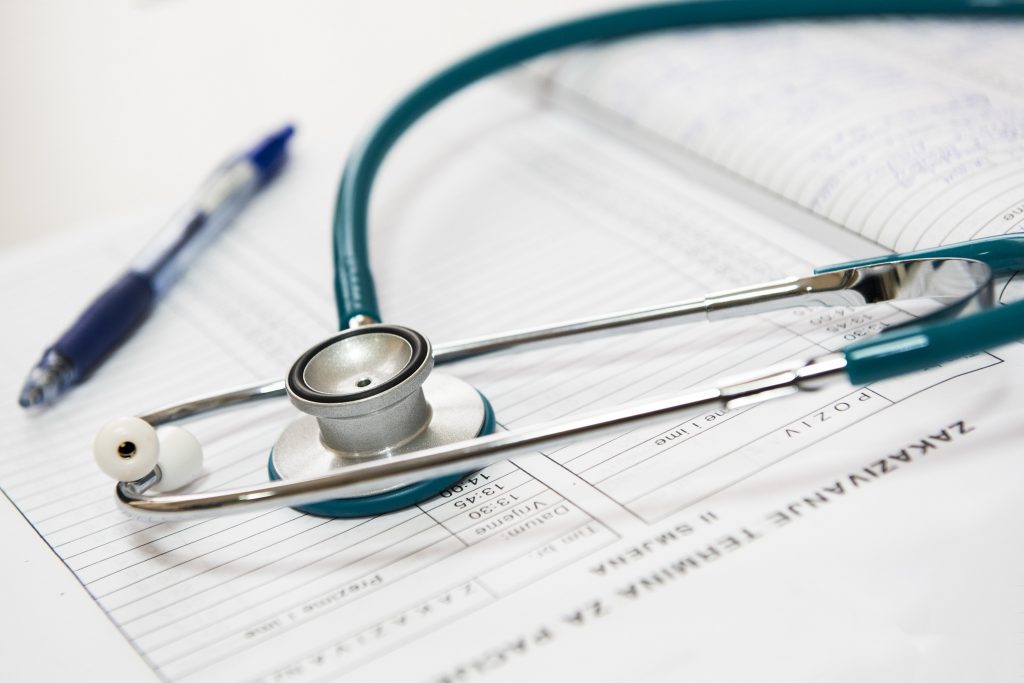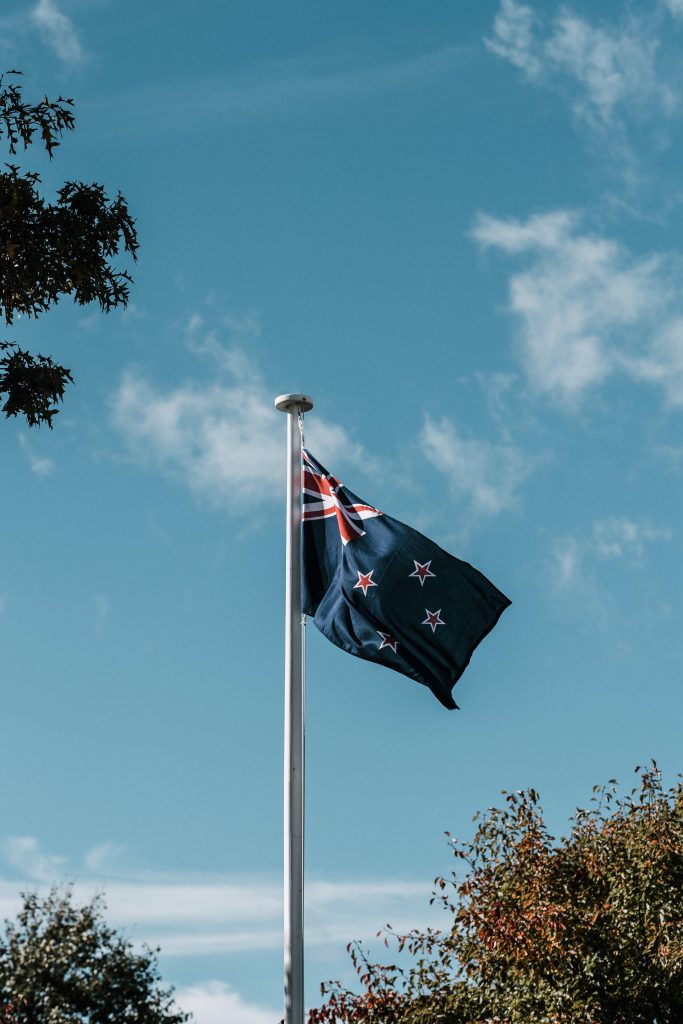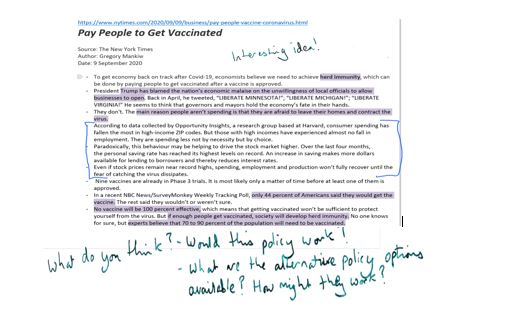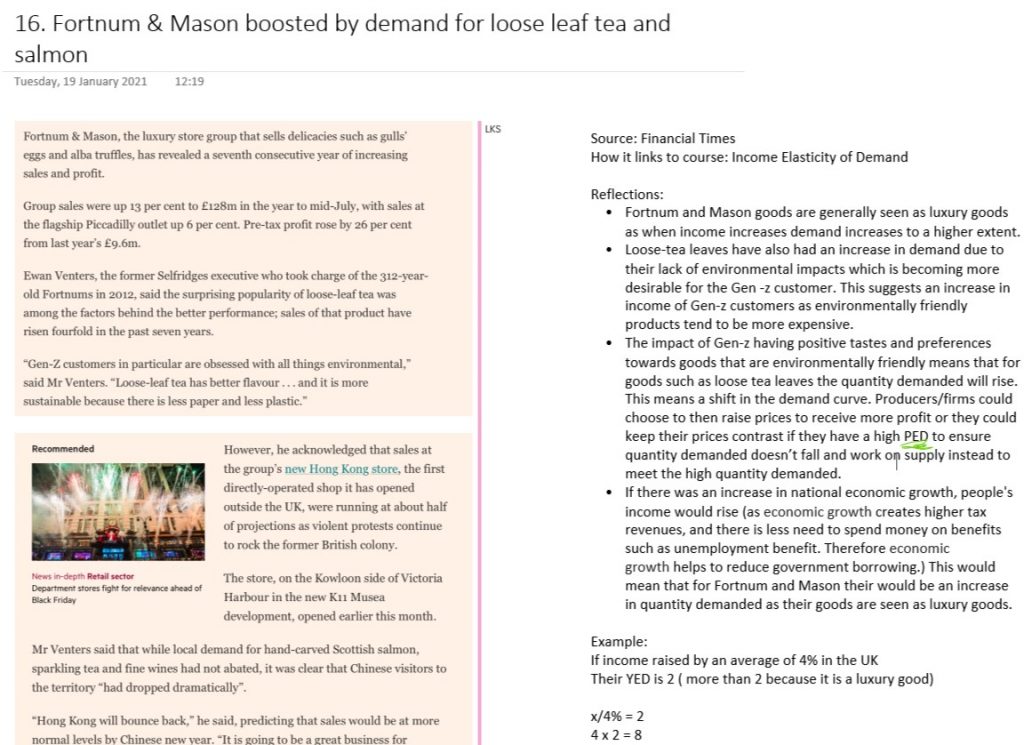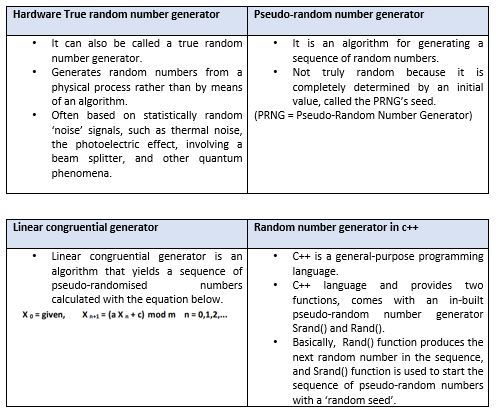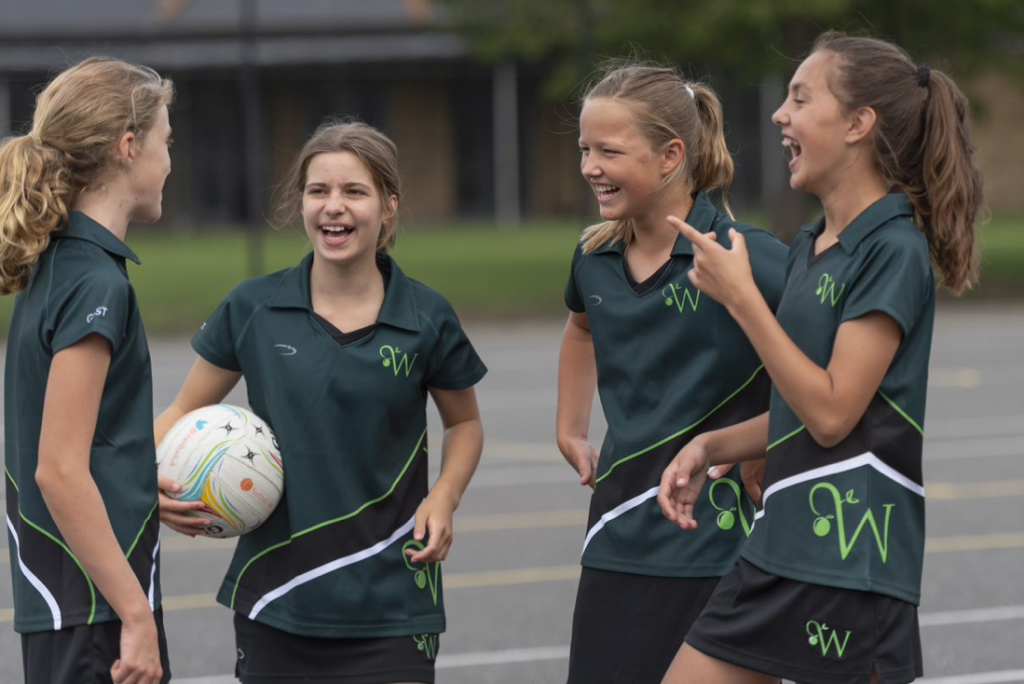Ms Claire Boyd, Head of Junior School, considers what we have learned about young people since schools reopened on 8 March 2021.
It is just over two months since schools reopened their gates to pupils and, some semblance of normality, returned to classrooms across the country. From next Monday, the mandatory requirement for face coverings to be worn in schools expires and trips and visits will also be able to resume. Planning for ‘in-person’ events is now underway and many schools now look forward to rounding off the academic year by welcoming parents and guests back into school halls and auditoria. In short, it feels like the cloud of covid, that has loomed large over our schools for the last 18 months, is slowly passing with sunnier days forecast ahead.
Like all school leaders, alongside the practical and logistical implications of running a school during a global pandemic, one of my biggest preoccupations has been working out how best to respond to the impact covid has had upon the development – both academic and social – of our children. Whilst much has been made of lost learning, digital deficits, growing inequality in pupil experiences and a deterioration in mental health and wellbeing, far less has been made of how we can best react and respond to what we have seen and what our children have experienced.
In the short term, like many schools, we have worked hard at WHS to devise a bespoke programme to respond to the full opening of schools and support pupils through the aftermath of an unprecedented period of closures. Launched back in March, Relate, Reconnect and Restore, reflected an acute awareness that the third lockdown affected families in different ways; it resulted in our girls feeling a range of emotions about returning to normal routines after so long at home and such limited opportunities for social interaction.
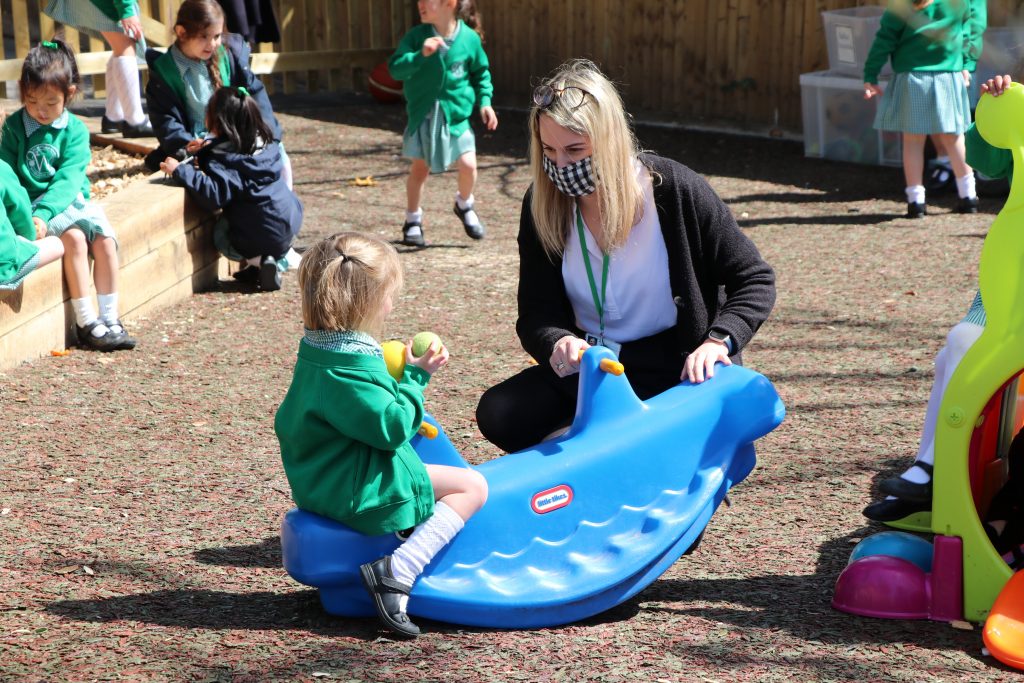
Watching Relate, Reconnect and Restore unfold across the Junior School over the past few weeks has been affirming and, in many ways, humbling. The seemingly infinite capacity of children – in this case, our 340 girls aged 4 to 11 – to adapt and adjust to new expectations, routines and ways of working together has shown us that few barriers stand in the way mixing up way we teach and learn if the desire and willingness to flex is there.
In many ways, it is still too early to quantify the impact of these new initiatives on development, progress and attainment; they have only been up and running for a short period of time and school-life continues to be curtailed by the need to ensure covid security. Nonetheless, from a qualitative point of view, there are already early indications of the impact these new approaches are having upon our charges. Observations of our girls in action in the around the school, alongside discussions and conversations from with girls and teachers from across the Junior School, suggest there is one stand-out factor that is making a real difference: play.
Play; the act of engaging in an activity for enjoyment or recreation, sits at the heart of the experience of childhood. Universal in its reach, the act of play transcends cultures, continents and time. The impulse to play is innate; it is a “biological, psychological and social necessity, and is fundamental to the healthy development and well-being” (King & Sturrock, The Play Cycle, 2020) of both individuals and communities. It requires nothing at all except a willingness to engage; either with those around you or just merely in the spectre of your own imagination. Since returning to school on 8 March, the profile and prominence of play across all our Junior School year groups has been remarkably – and gloriously – high. The extension of play time for all, and the extension of the school day for our youngest girls, has provided more space and time for social reconnections to take place. The return of peer-to-peer interactions has stimulated an appetite for play, both structured and unstructured, adult-led and pupil-intimated.
Reflecting on it now, it seems eminently logical that, after a period of disruption and upheaval, where social interactions have been so very limited, that our children are using play as a way of recalibrating and reestablishing themselves as individuals beyond the home environment in which they have spent so much time.
Where formalised programmes of targeted teaching and learning can deliver valuable academic yields, play and the act of playing cultivates an important way of ‘being’ which, over time, shows “superior developmental gains from social, emotional and cognitive perspectives” (King & Sturrock, The Play Cycle, 2020). It provides the opportunity to be lost in the ‘flow’ – the holisitic sensation that people feel when they act in total involvement – of invention, improvisation and adaptation and creation. It generates a helpful landscape to explore the more formal experiences, skills and concepts of the classroom in the free and unstructured landscape of the imagination.
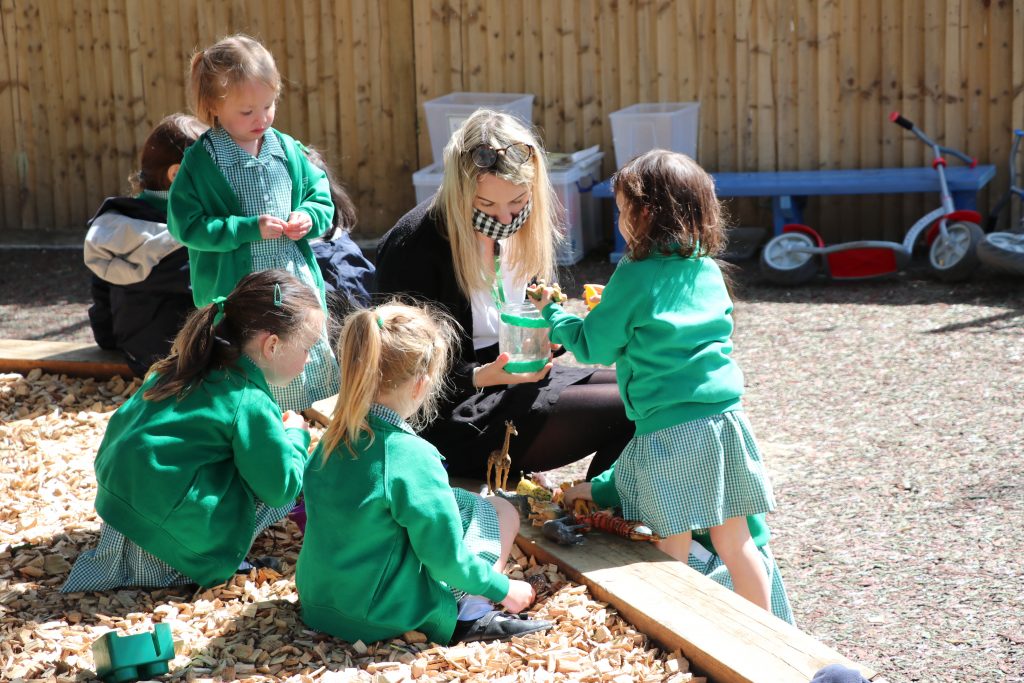
It also provides fertile – and sometimes febrile – ground to learn to navigate friendship and negotiate challenges with a broad range of peers and their personalities. The playground often acts as a microcosm of what lies beyond the school gates and Michael Rosen writes emphatically about what play can do to “help us cope with change and learn flexibility…[as] our lives, our ‘fates’, are always wrapped up with the fates of other, whose lives are constantly changing too” (Rosen, Book of Play, 2019). It seems, after so much time away from the forums of social play, children are instinctively seeking out this the time and space to explore the social order around them.
Play promotes both adaptability and order; it opens up pathways for discovery, for opportunity, for greater self-knowledge and understanding of those around us. In the formative years of a child’s life, it is a big part of how we define ourselves. In essence, it is the hurts and highs of play that gives us an understanding who we are and how we want to take up space in the world around us.
As we continue to seek to carve a strong and steady path out of the experiences of the last year, let us not overlook the art of play and its intrinsic capacity to toy with ideas and feelings, to form new connections, ask questions and find answers. Whilst we can devise programmes to provide catch-up and systems to gap-fill, space and time must be preciously ringfenced for all children to play, to be playful and luxuriate in their own imaginations.
